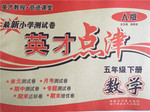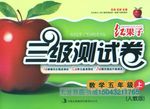题目内容
8. (传统的) teaching methods sometimes only succeeded in putting
students off learning.
8. Traditional

练习册系列答案
 英才点津系列答案
英才点津系列答案 红果子三级测试卷系列答案
红果子三级测试卷系列答案 课堂练加测系列答案
课堂练加测系列答案
相关题目
题目内容
8. (传统的) teaching methods sometimes only succeeded in putting
students off learning.
8. Traditional

 英才点津系列答案
英才点津系列答案 红果子三级测试卷系列答案
红果子三级测试卷系列答案 课堂练加测系列答案
课堂练加测系列答案